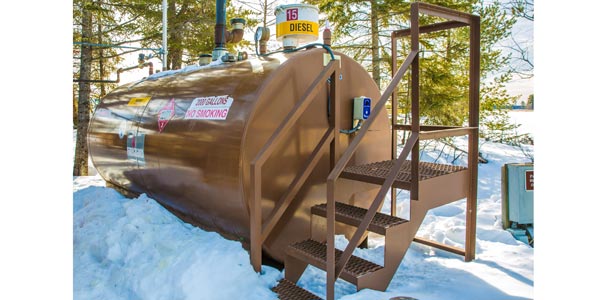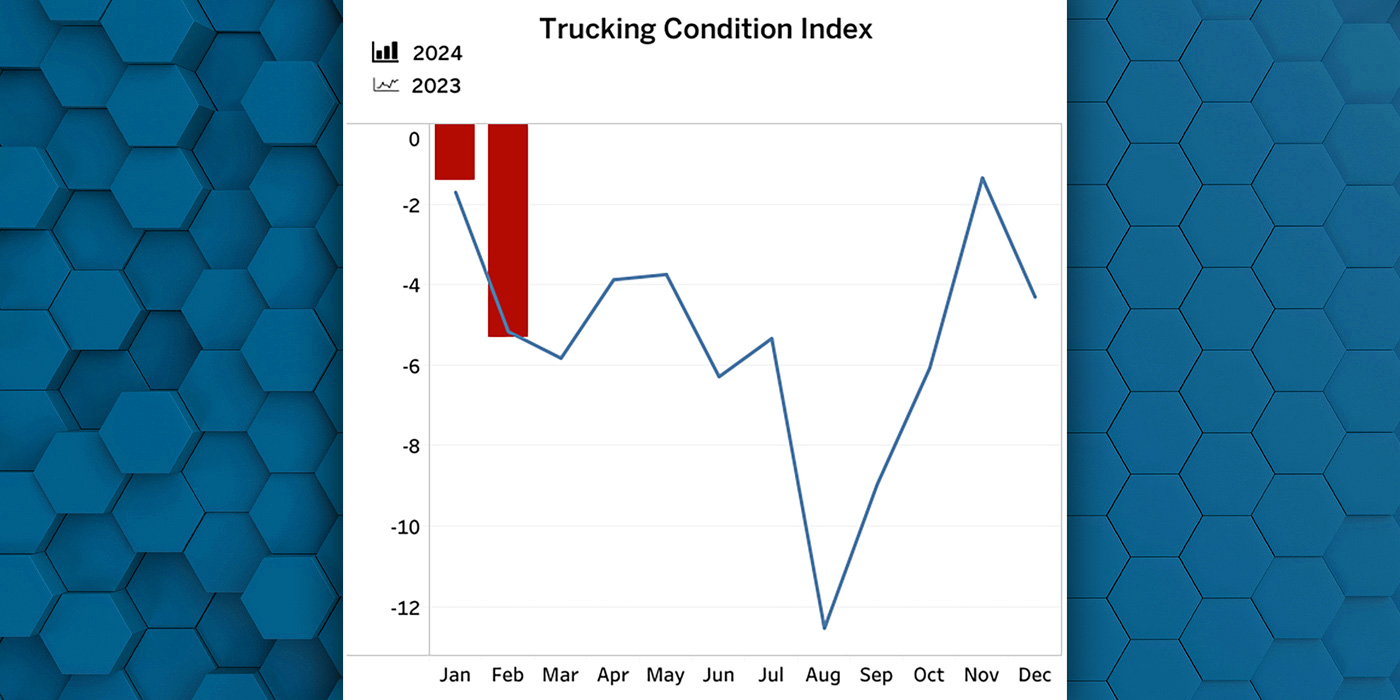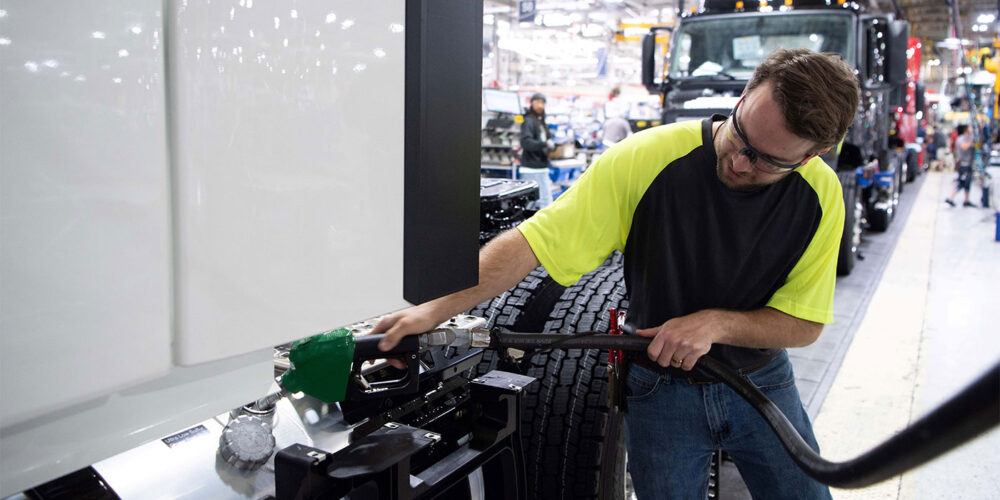
Biodiesel does not cause water problems in fuel tanks. I want to say that right off the bat because you may have heard differently over the years.
The truth is that water is potentially an issue with tanks for every kind of fuel—petroleum diesel, renewable diesel, biodiesel, gasoline, jet fuel and on and on. That’s why storing fuel in a clean, dry tank is critical—again, with every fuel.
Avoiding microbial growth and corrosion
No fuel can create water. Water in tanks typically comes from natural sources, like rain and condensation. And as anyone who has dealt with any kind of water issue knows, if there’s a way for water to get into a tank, it will find it.
Water that’s not dissolved into fuel is known as free water, and once a storage tank has free water in it, it is likely to experience problems, like microbial growth and corrosion. One reason biodiesel got its false reputation regarding microbial issues is the reduction of sulfur compounds in diesel fuel. Sulfur historically acted as an antimicrobial agent in diesel fuel, but the lower sulfur levels in ULSD has been observed to allow for more microbial growth. Biodiesel use became more widespread at the same time ULSD was introduced, so it’s a matter of bad timing.
The temperature and chemical environments in the pipes and vessels in biodiesel production processes actually inhibit microbial growth. Also, biodiesel storage tanks and transport loads are less likely to contain free water than petroleum products.
Microbes are able to reproduce and flourish when a layer of free water is present at the bottom of a tank and the microbial population is given time to grow unchecked. Excessive microbial growth can contribute to corrosion in a storage tank. Any kind of fuel can act as a feedstock for these microorganisms. Corrosive molecules can affect tank walls, pipes, fittings and pump parts and can cause rust to accumulate in dispenser filters.
Take away the water and you take away the microbes’ breeding ground, literally.
Four tips for dry tanks
As with most bad things, early detection is key to preventing or minimizing the damage caused by corrosion. Here are four ways to detect water in your fuel tank.
- Take a dispenser sample at least every 30 days and, ideally, immediately after a fuel delivery when the tank bottoms have been disturbed.
- Periodically pull water samples from the bottom of the tank and inspect for free water and hazy fuel.
- Evaluate and remedy your system’s potential points of entry for water.
- Consider automatic water detection systems to provide continuous monitoring on top of periodic testing.
If free water is detected and problemspersist for more than a week, consider removing the water and wet fuel from the bottom of the tank and treating the rest with a biocide additive.
Given how expensive it can be to repair or replace a fuel tank, setting up an early detection program using the steps above and others is definitely worth the effort.
This article was contributed by Troy Shoen, senior manager of marketing for Renewable Energy Group, Inc.













